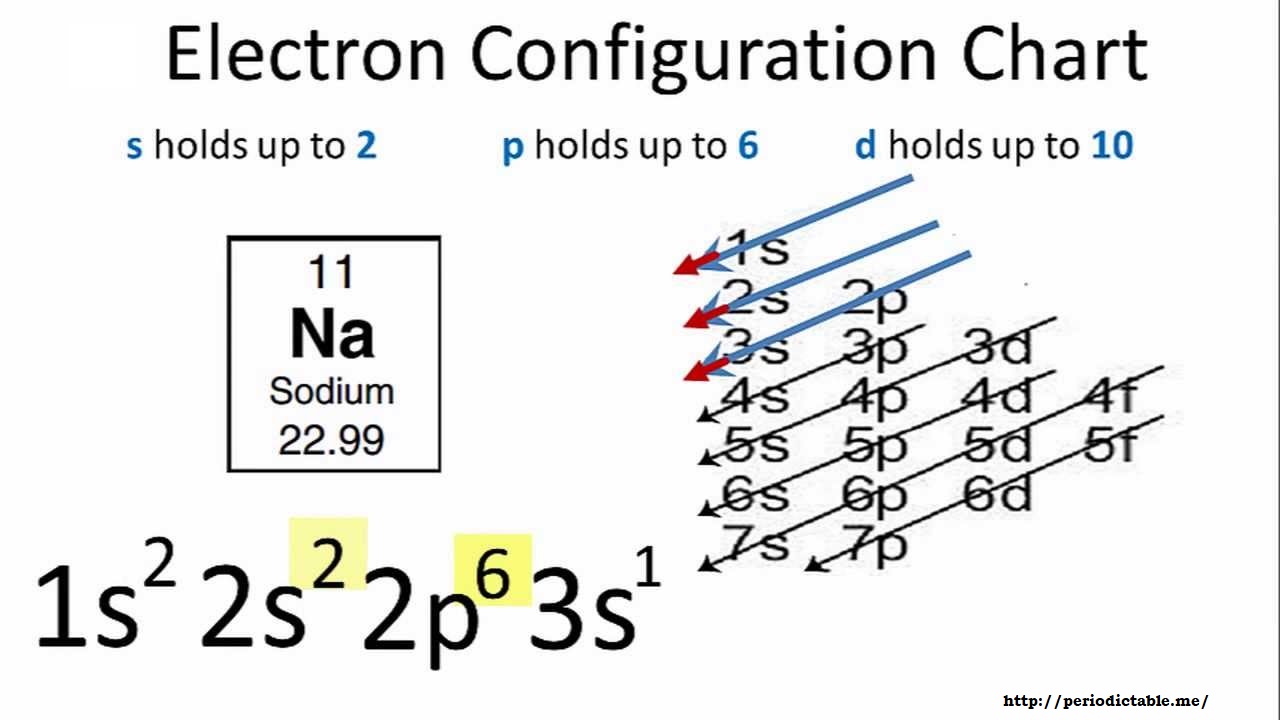
(Exception: don’t do this if all of the outer atoms are from group 7A.) Otherwise, create an extra bond by changing one of the nonbonding pairs into a bonding pair. The outer atoms are oxygen atoms, and oxygen is in group 6A, so we aren’t finished yet… If the central atom has fewer than 8 electrons, but all of the outer atoms are in group 7A, you’re done. The carbon atom has only 6 electrons around it, so we aren’t finished yet… If the central atom has 8 or more electrons, you’re done. Our structure has 24 electrons – check! It MATCHES! Step 4) Count the electrons in the structure.ĭoes this match the count you got in step 1?ĬO 3 2 –: should have 24 electrons (from step 1) Each outer atom needs three electron pairs, since it already has one bonding pair. The outer atoms are the oxygen atoms here. Step 3) Add electrons to all outer atoms (except H) to complete their octets. Step 2) Attach the atoms to each other using single bonds (“draw the skeleton structure”) The final answer MUST have this number of electrons‼!

The -2 charge means that there are 2 extra electrons Step 1) Figure out how many electrons the molecule must have. Otherwise, repeat this process until the central atom has 8 electrons.Įxample: drawing the Lewis structure of CO 3 2 – If the central atom now has 8 electrons around it, you’re finished.

The benzene molecule (C 6H 6) consists of a regular hexagon of carbon atoms, each of which is also bonded to a hydrogen atom. (Note: N is the central atom.)īenzene is a common organic solvent that was previously used in gasoline it is no longer used for this purpose, however, because it is now known to be a carcinogen. Draw three Lewis electron structures for CNO − and use formal charges to predict which is more stable.

Salts containing the fulminate ion (CNO −) are used in explosive detonators. \right )=-1 \) In (c), nitrogen has a formal charge of −2.Ĭ Which structure is preferred? Structure (b) is preferred because the negative charge is on the more electronegative atom (N), and it has lower formal charges on each atom as compared to structure (c): 0, −1 versus +1, −2.


 0 kommentar(er)
0 kommentar(er)
